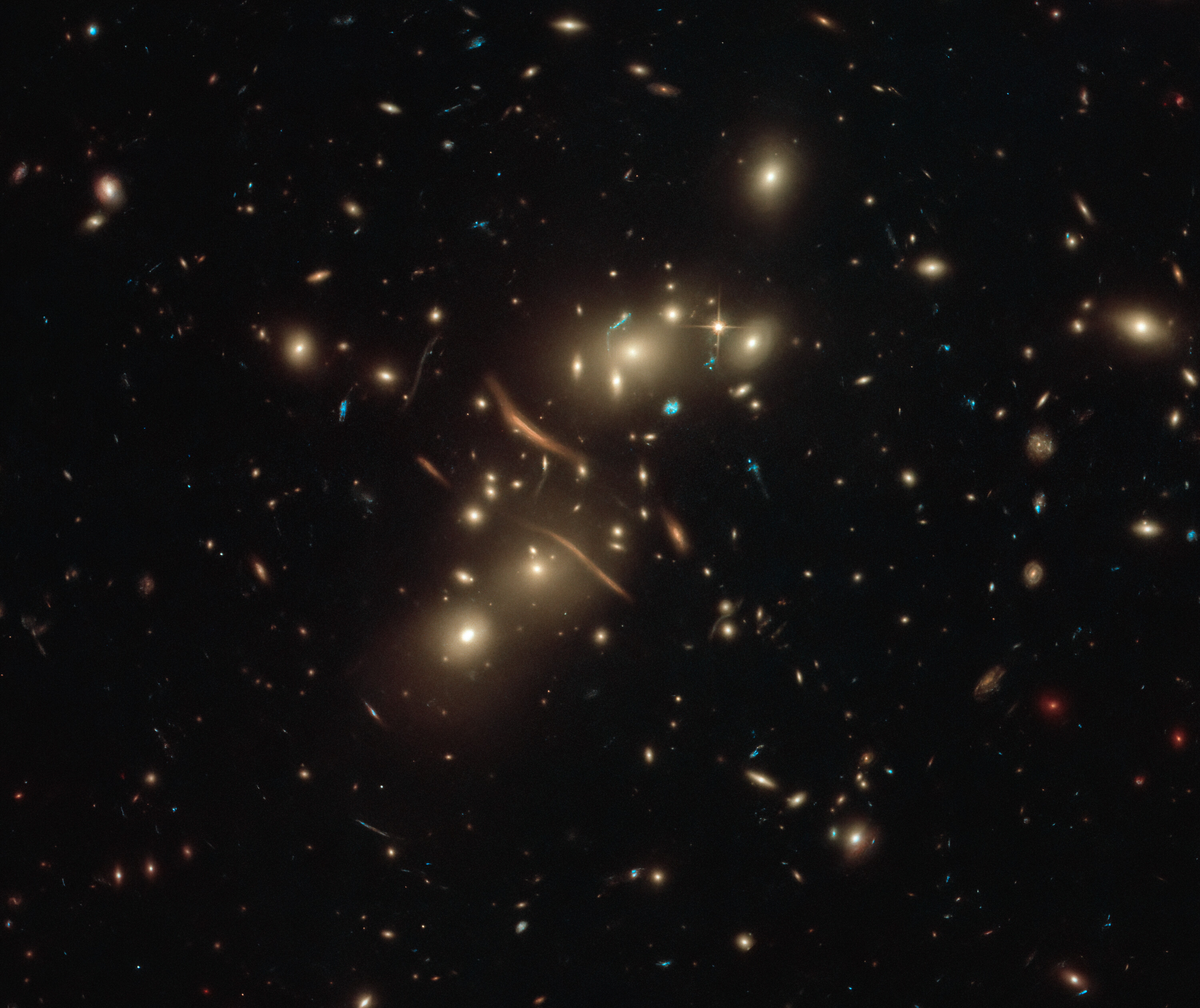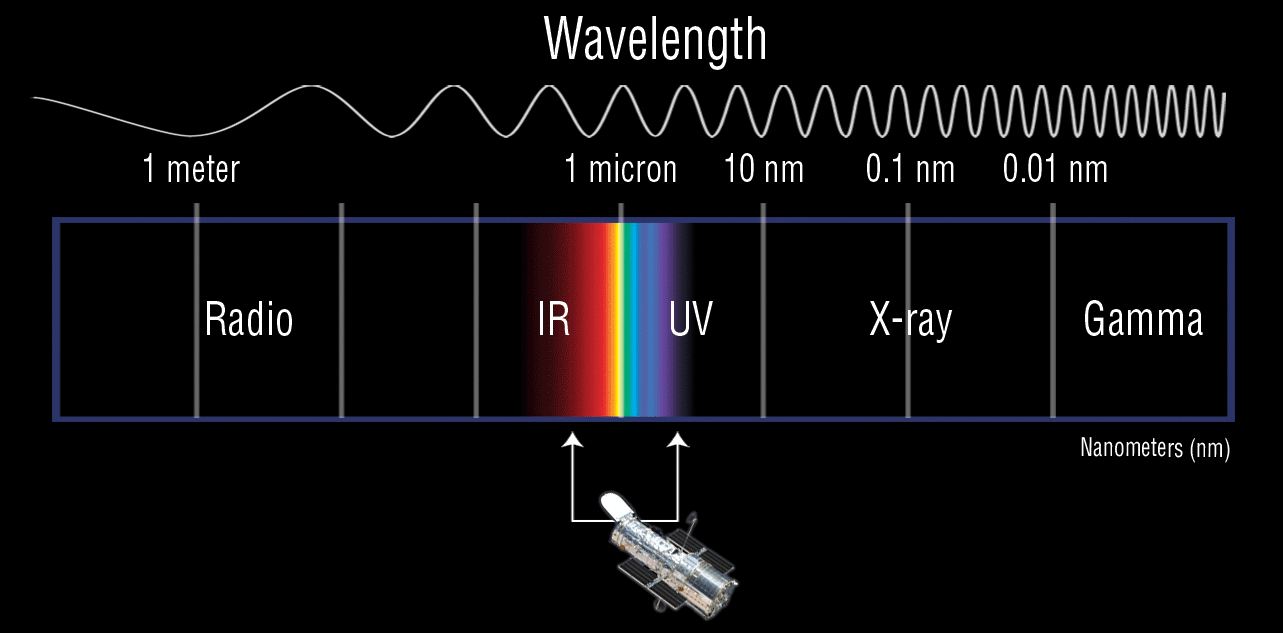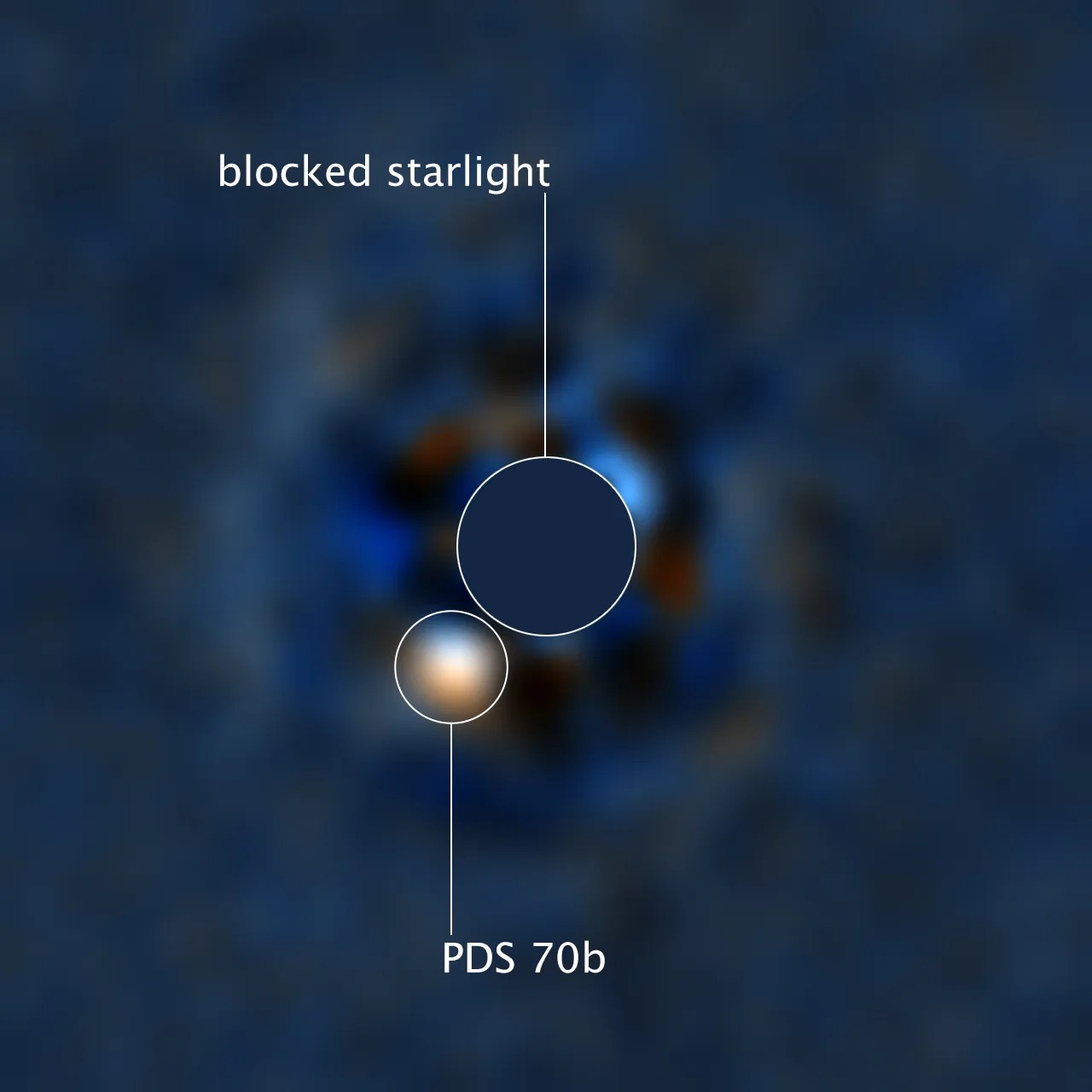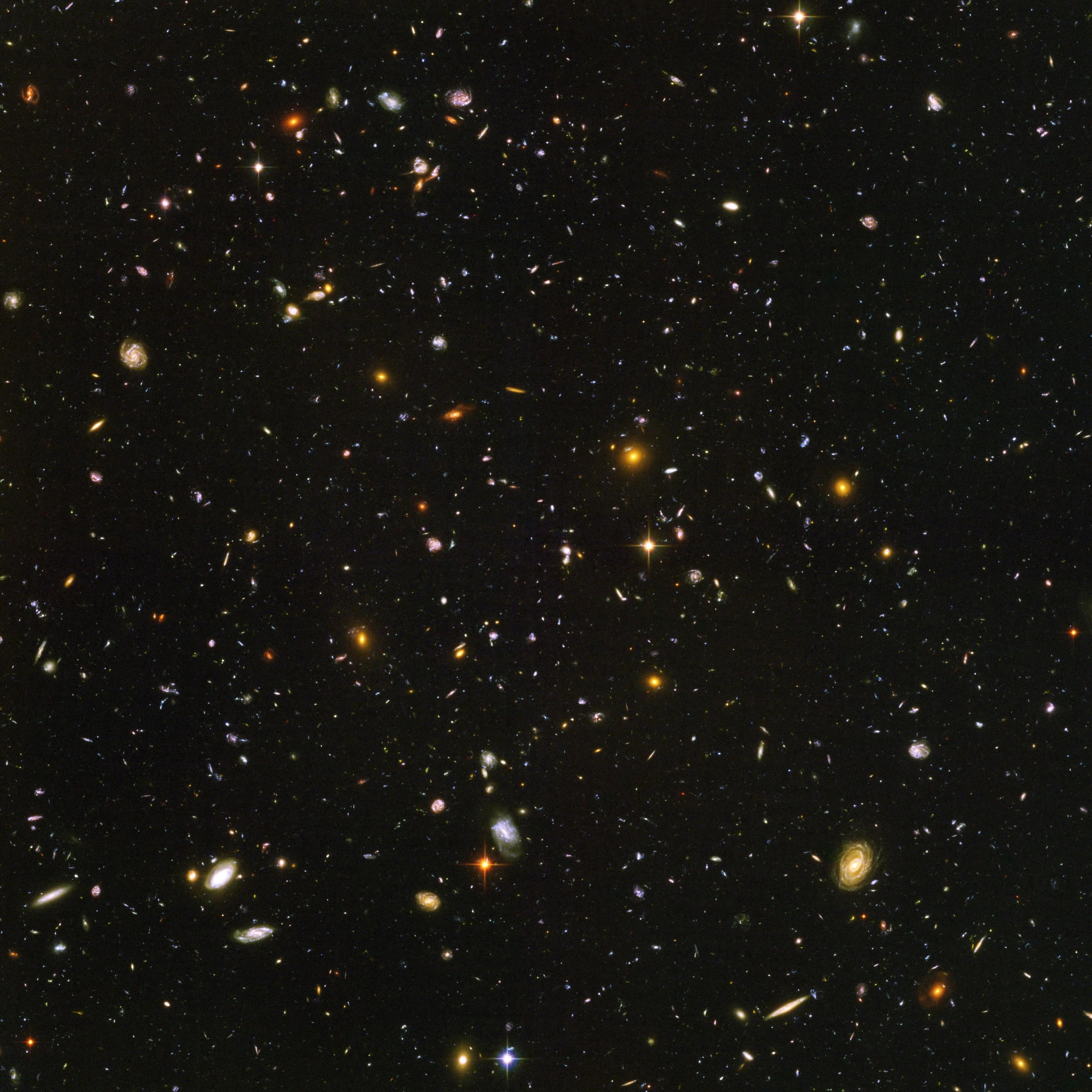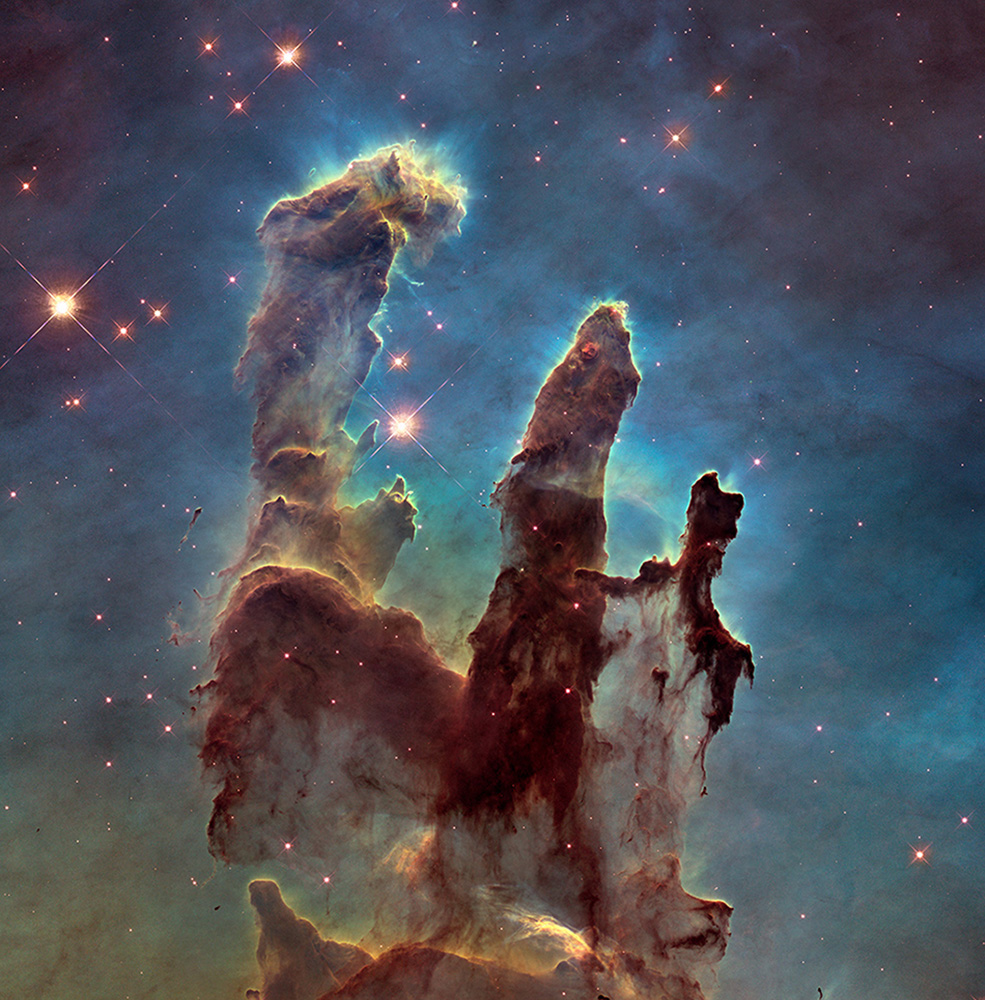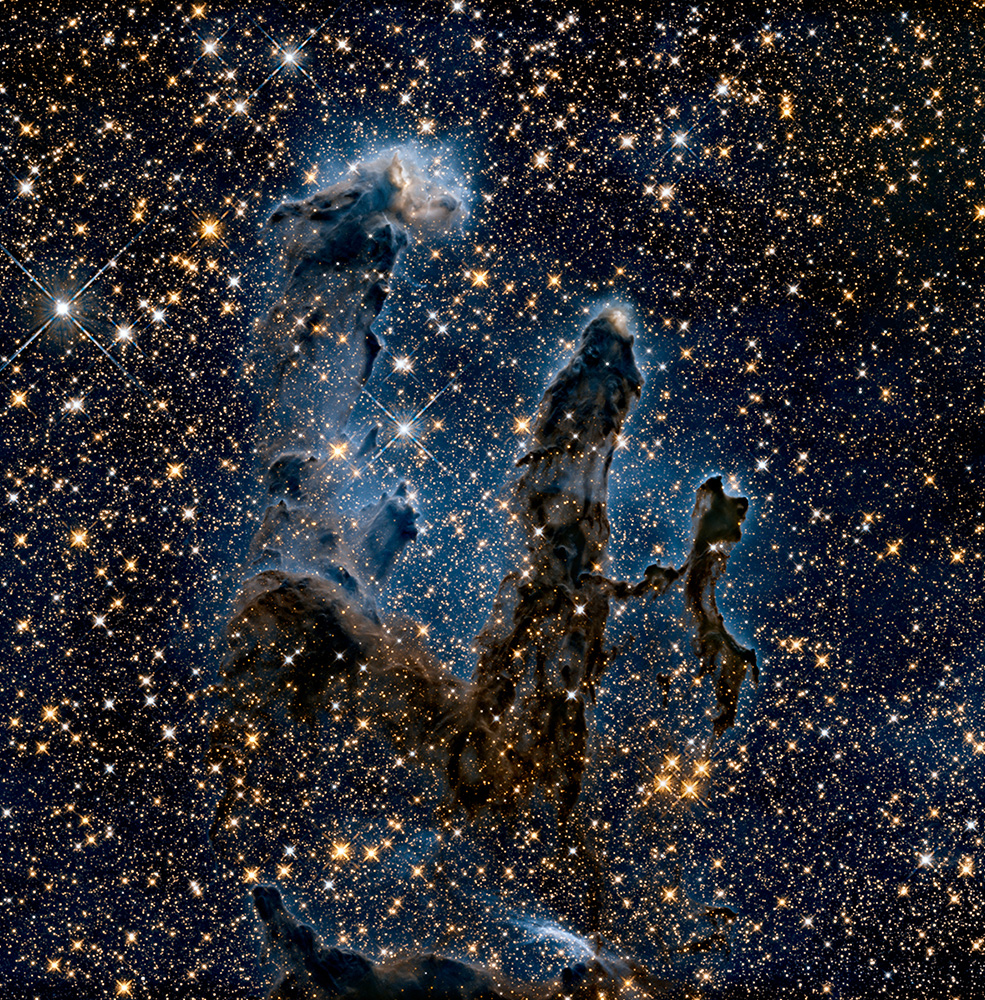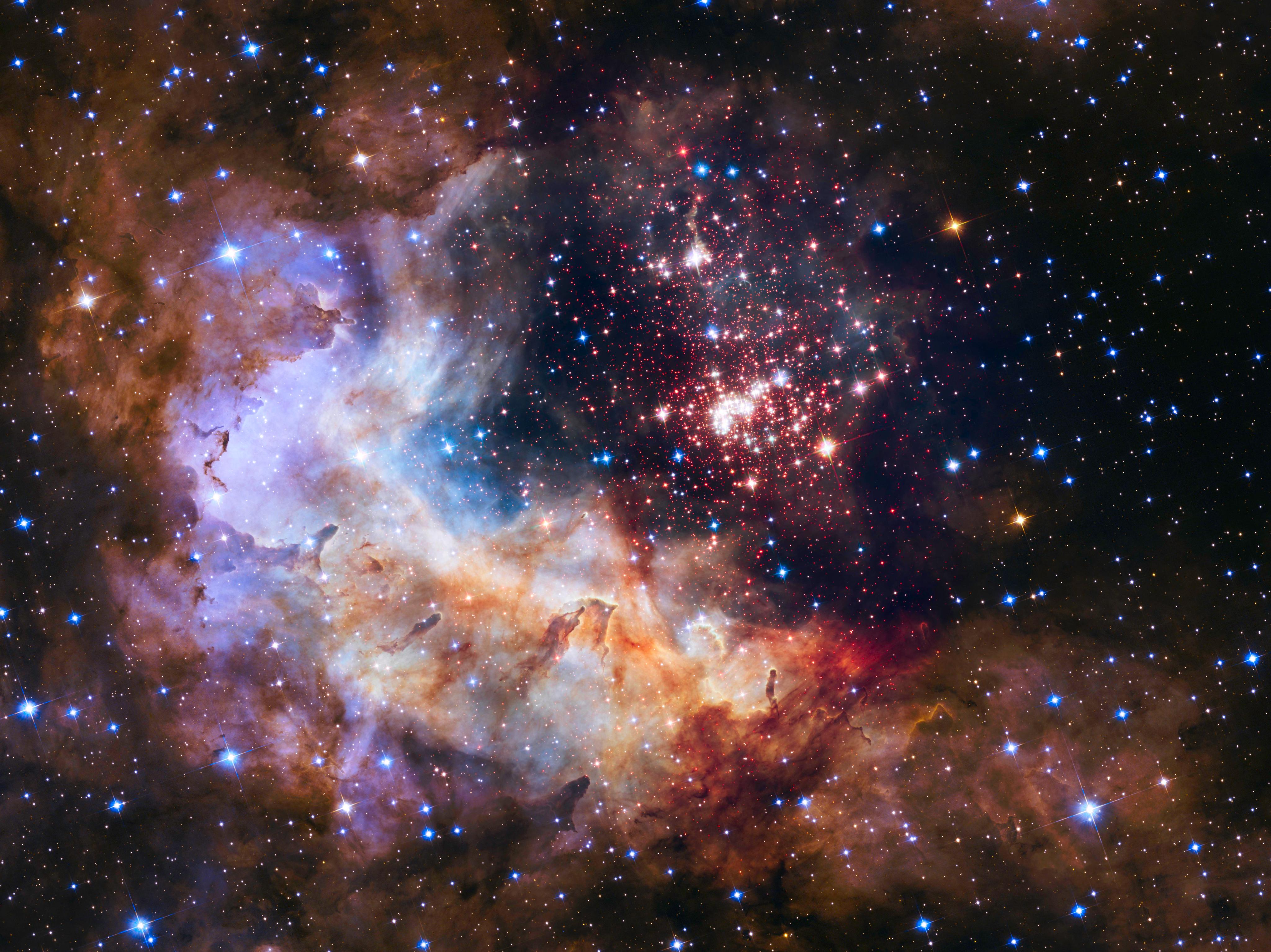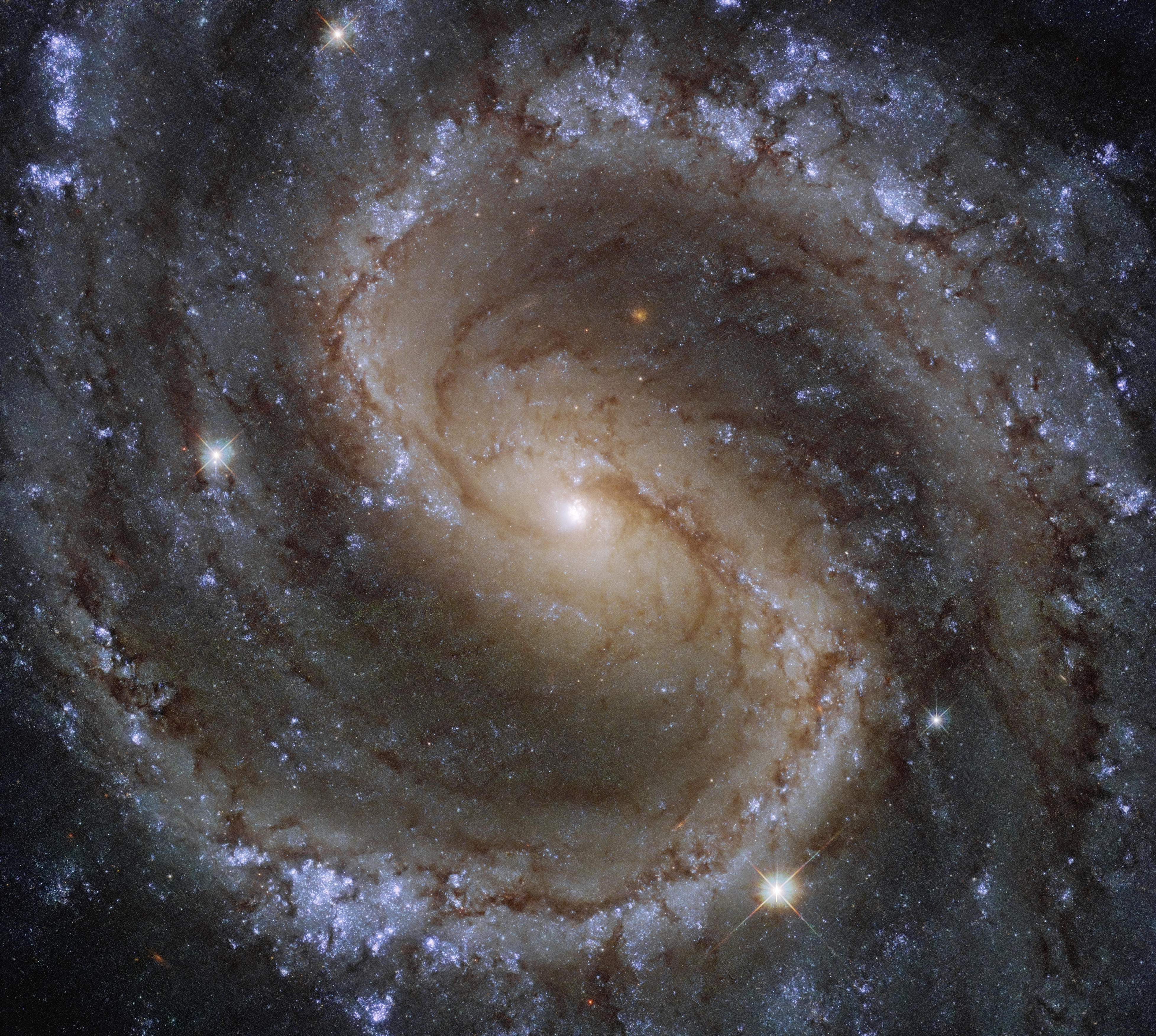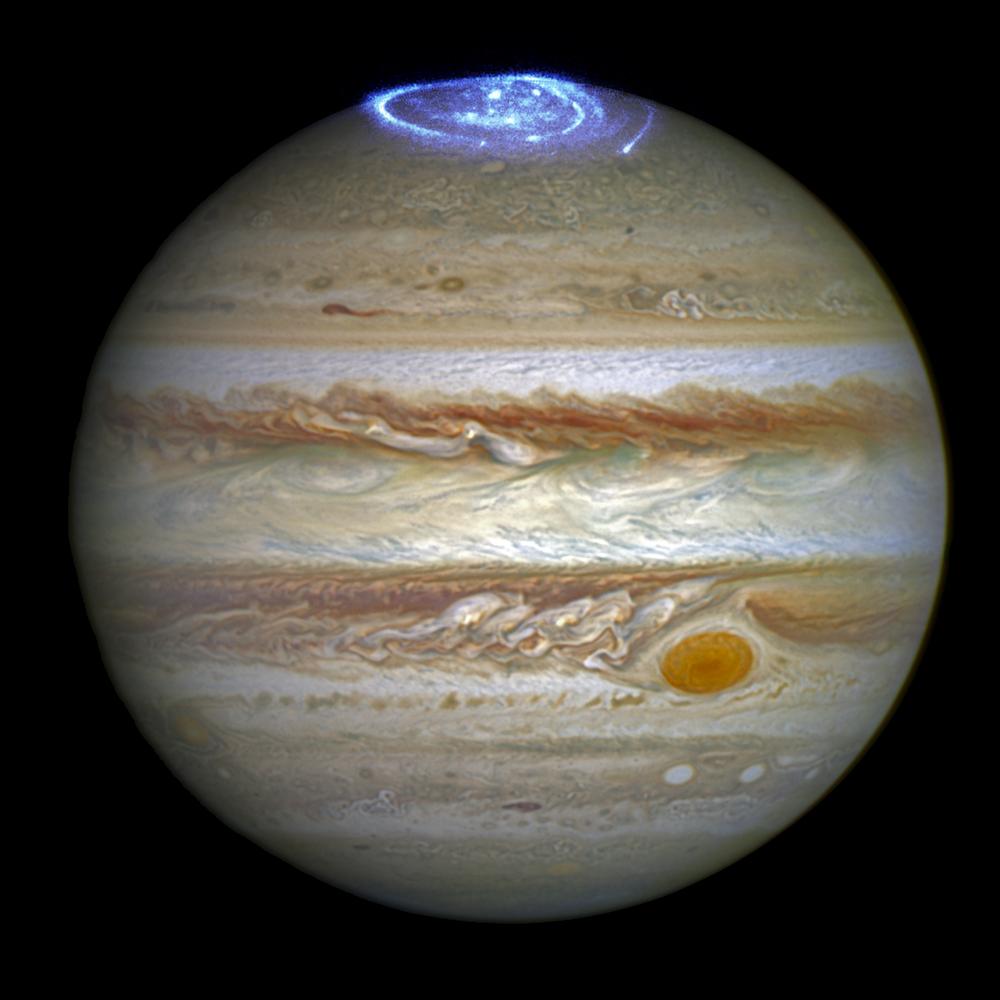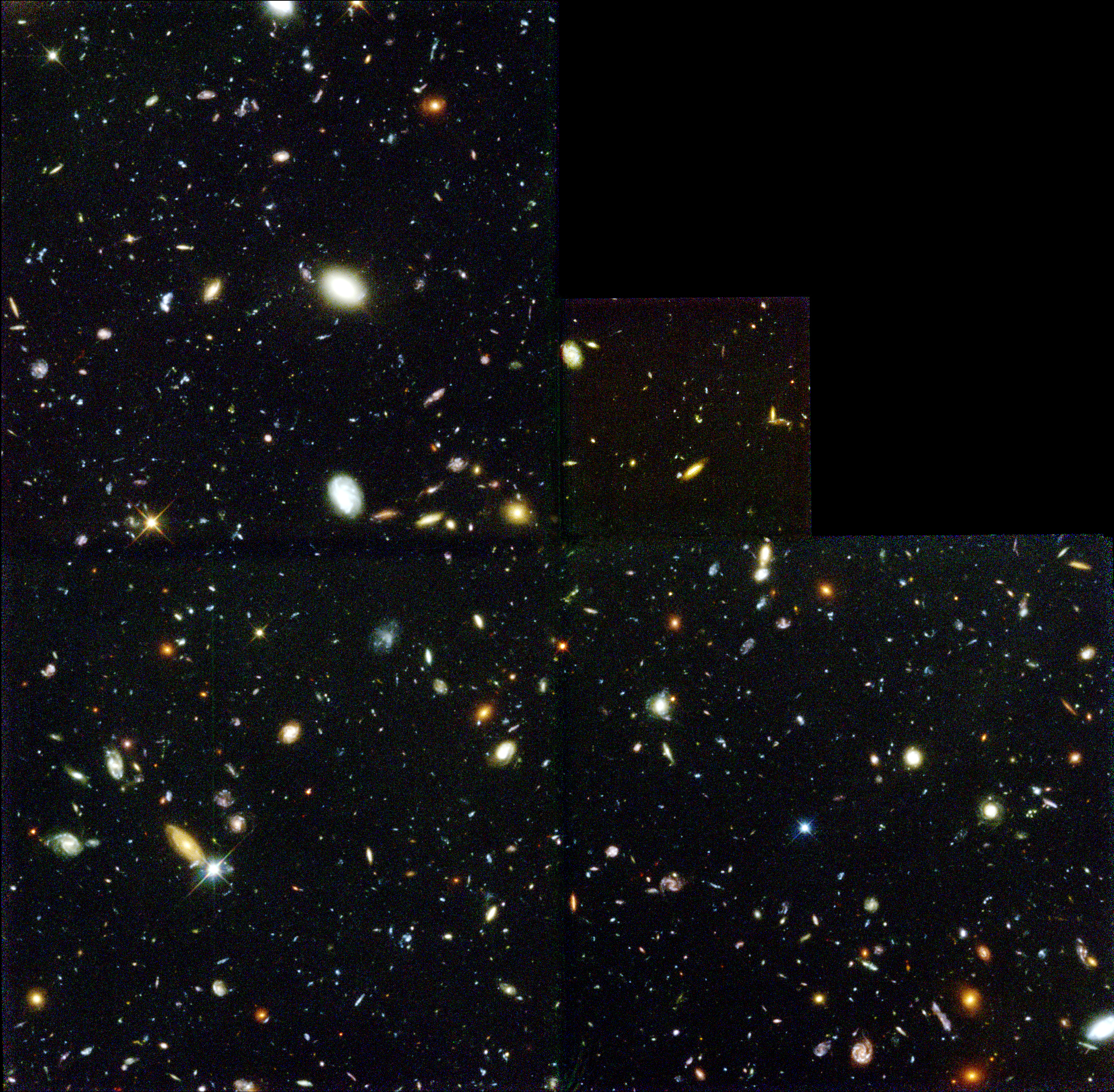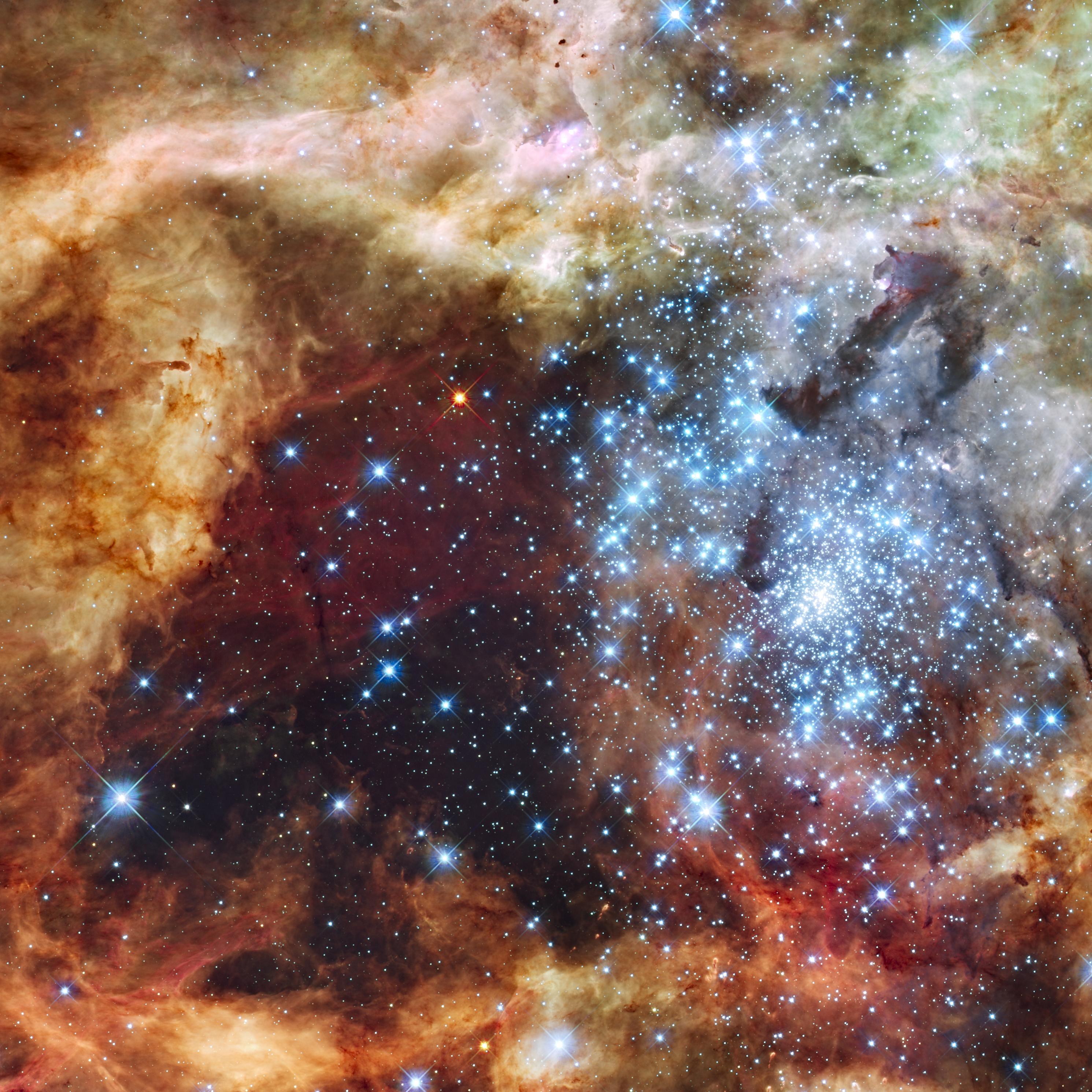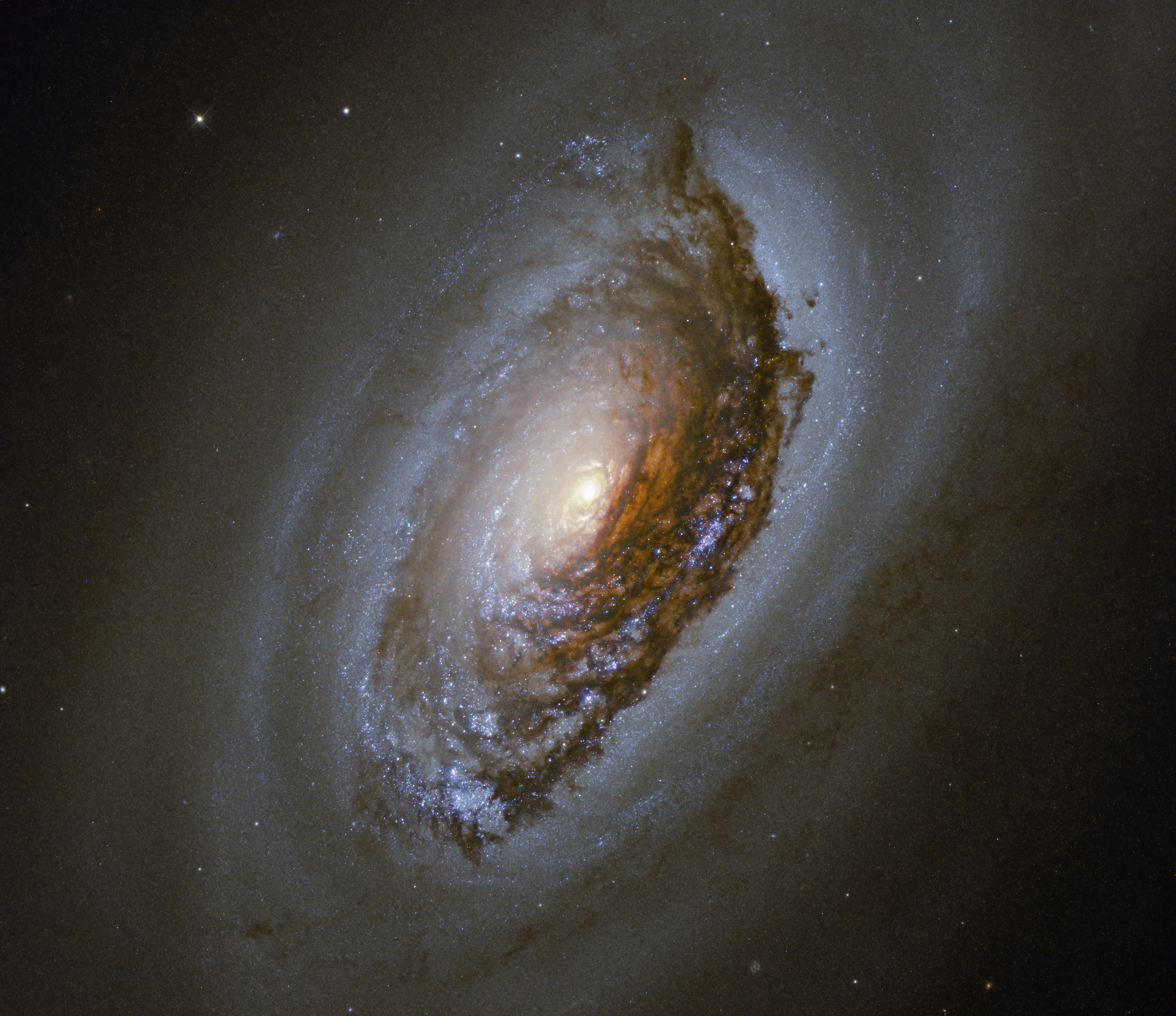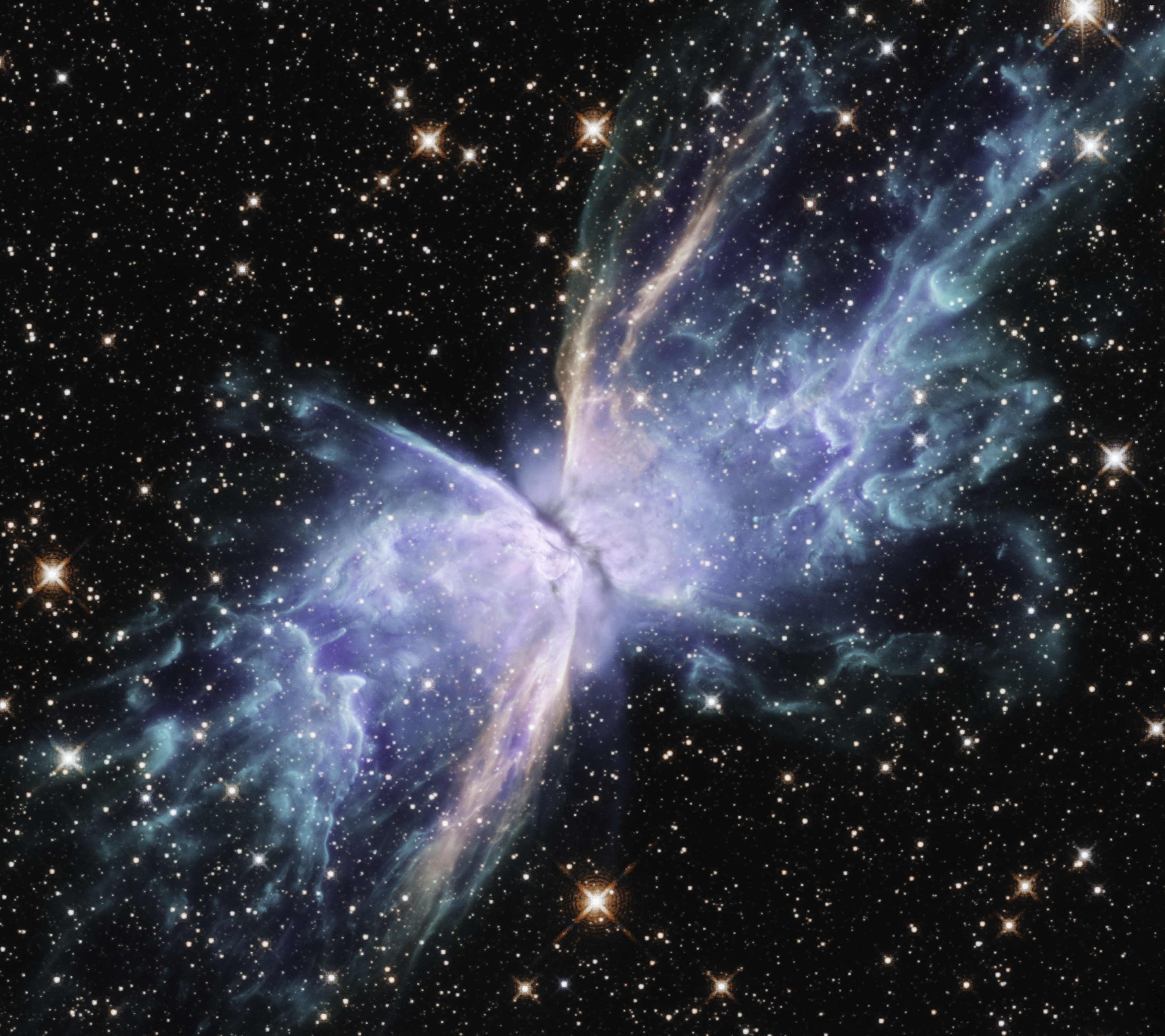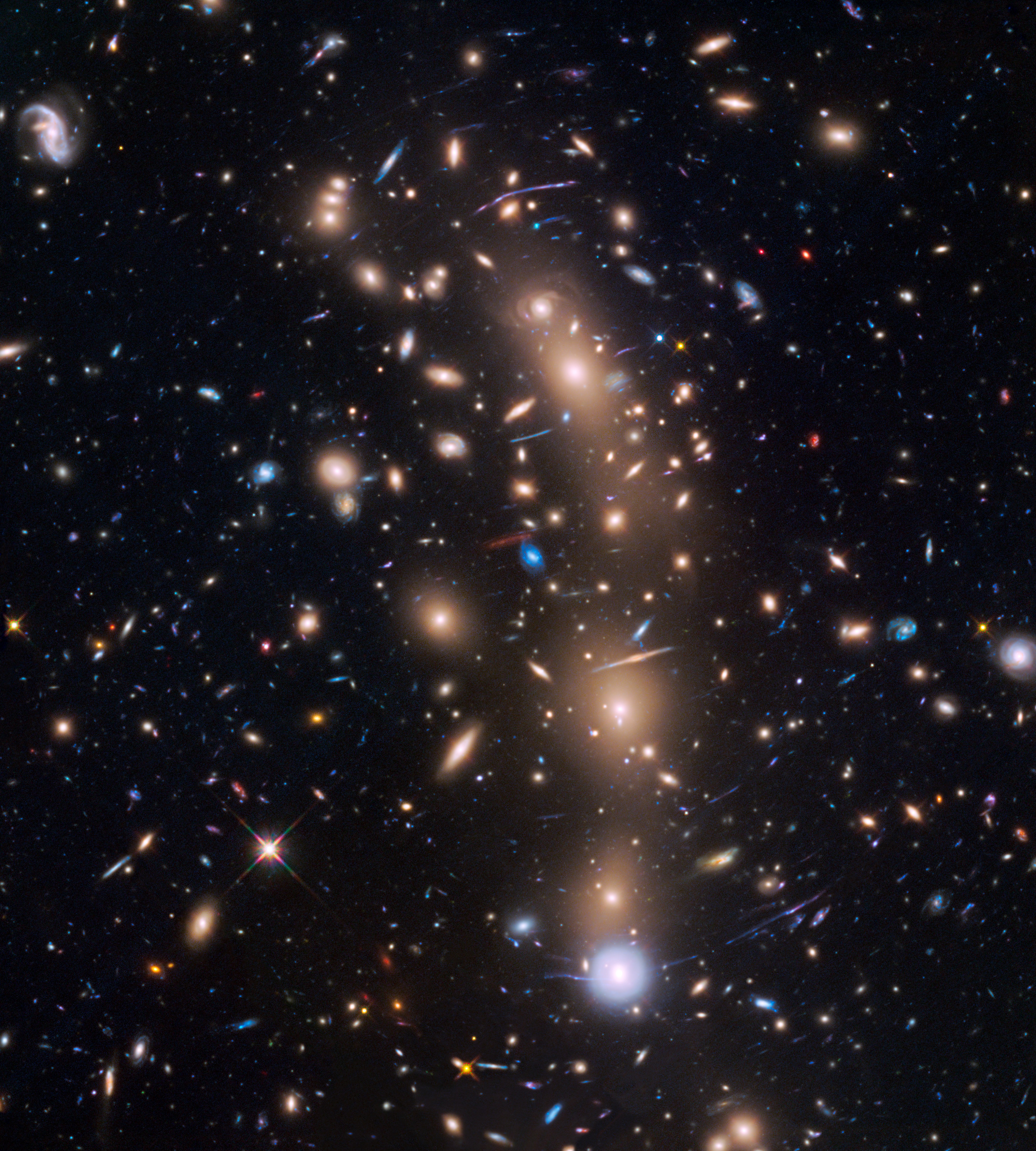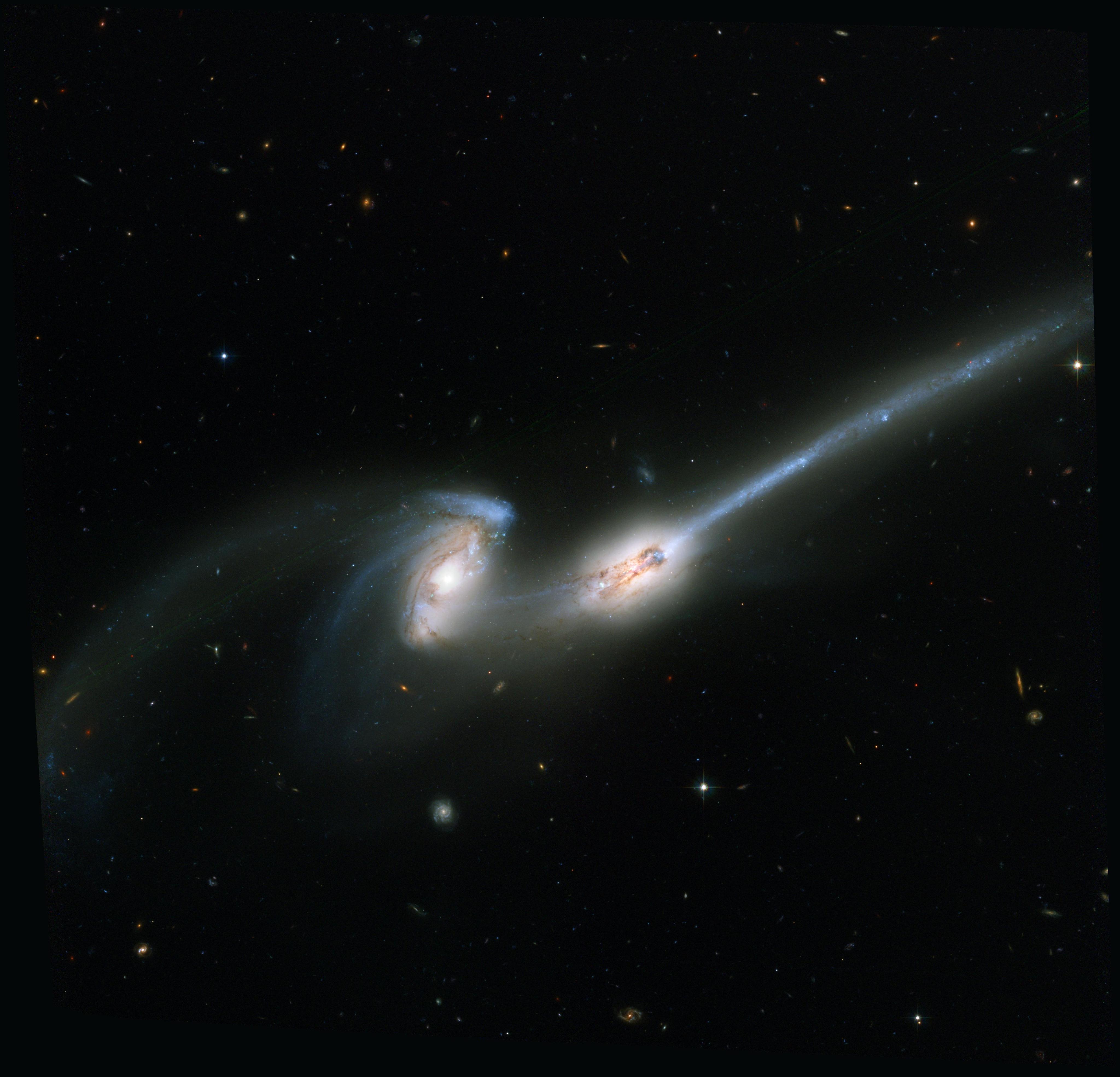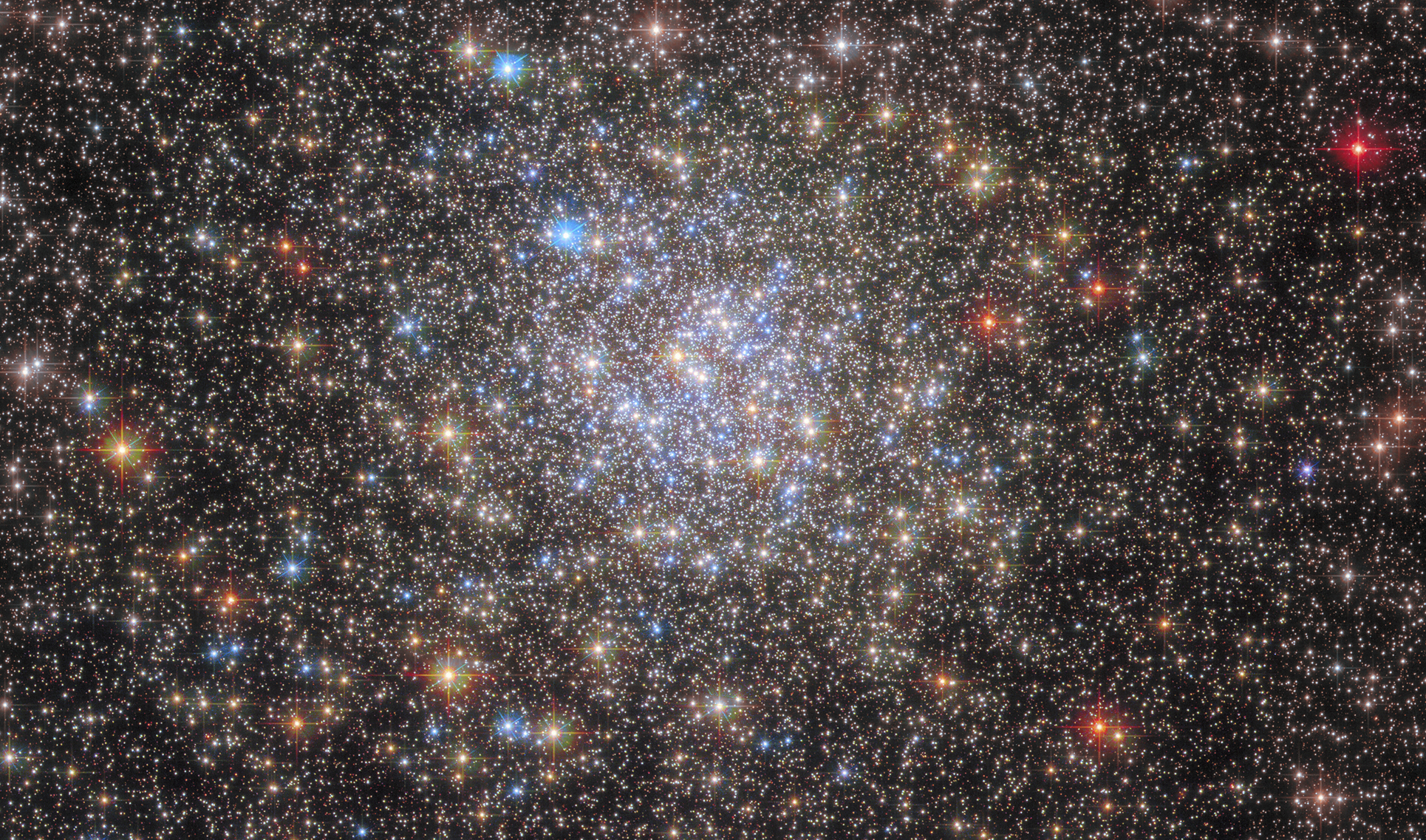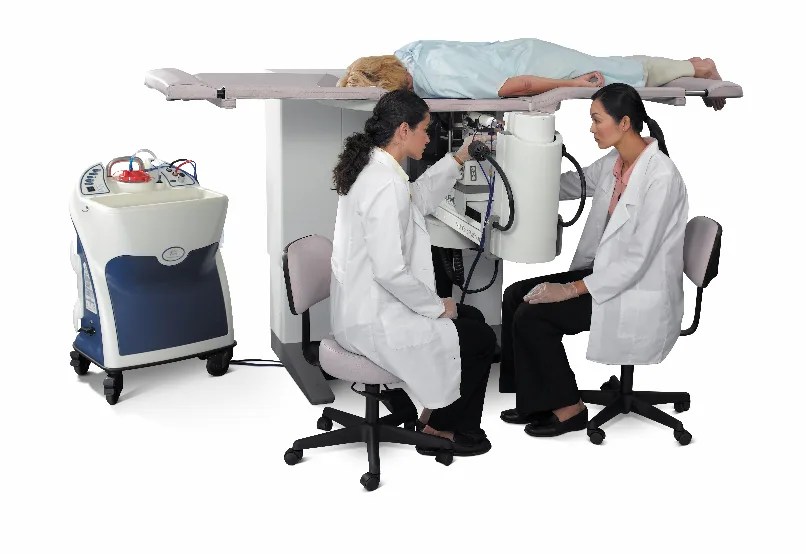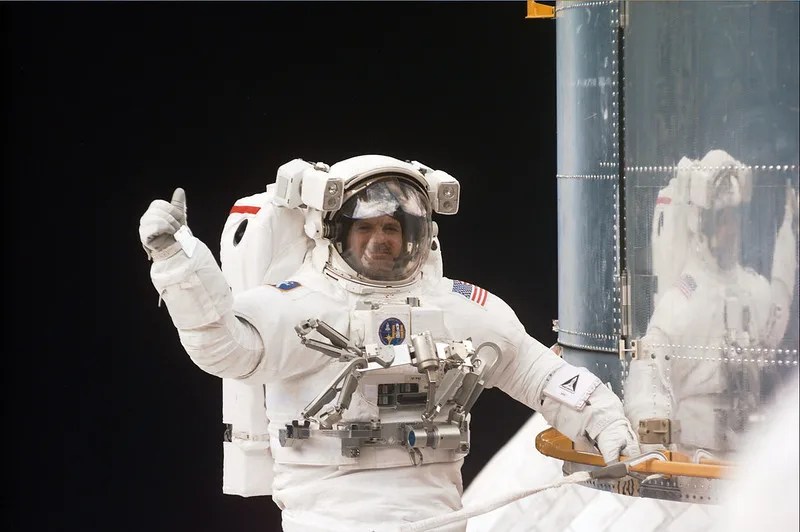Science Behind the Discoveries
Indulge your curiosity and dive into the fundamental science that is the foundation of Hubble’s observations. Discover how Hubble uses different wavelengths of light to reveal much more information than the human eye can see, then explore the individual components of that light as you learn about spectroscopy. Finally, learn how these pieces are brought together to create Hubble’s iconic images.
Quick Facts
In a Different Light
Learn how Hubble uses different wavelengths of light to explore the universe.
Human eyes are sensitive to a small portion of available light called the visible spectrum. Hubble sees that visible light as well, but it also goes beyond visible wavelengths and delves into the infrared and ultraviolet parts of the spectrum. Learn how Hubble uses those different wavelengths of light to explore the universe.
Learn More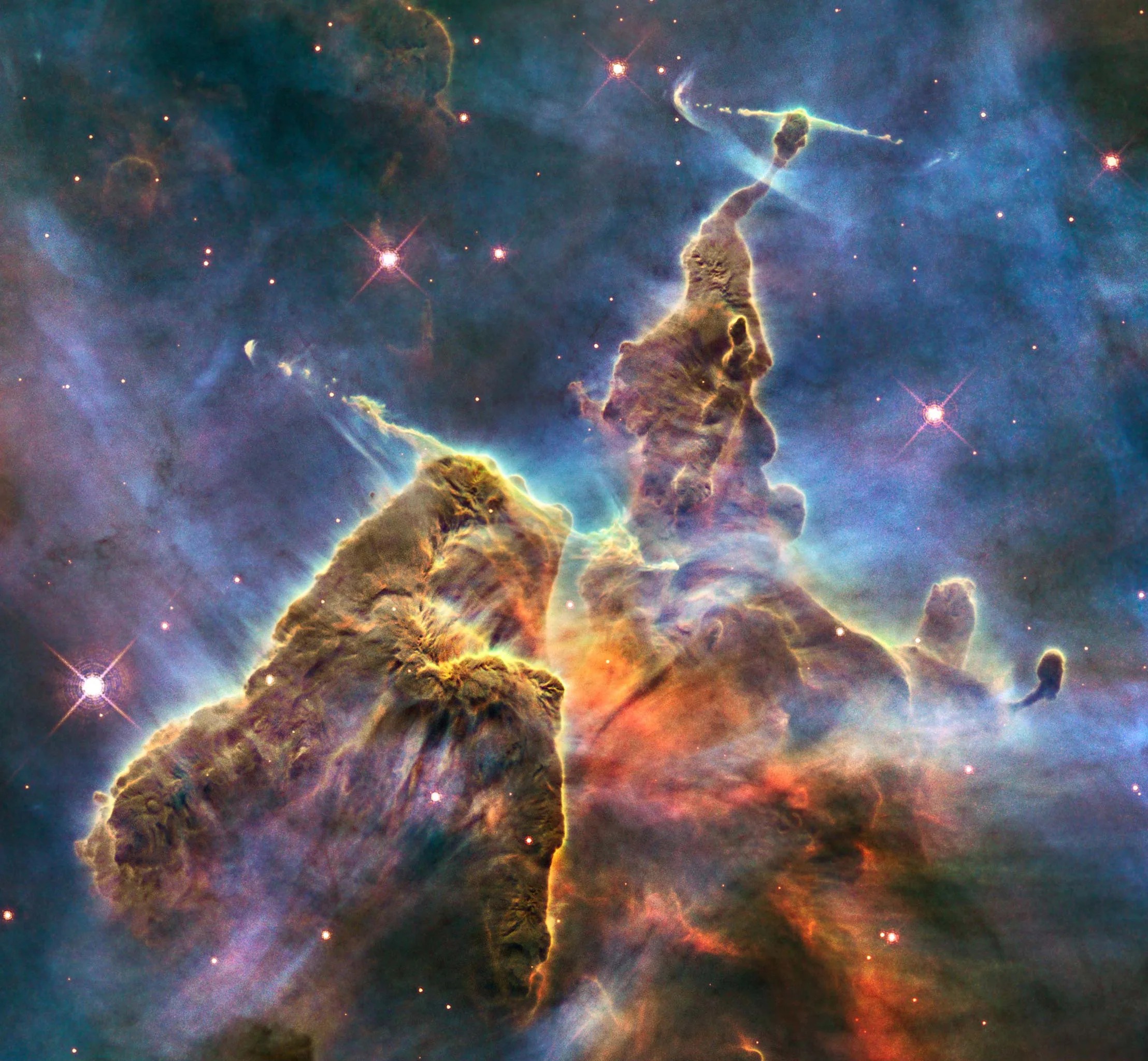
Visible & infrared
Revealing More Cosmic Landscapes
Many will recognize this popular image of a portion of the Eagle Nebula, but there's also a lesser-known second image that reveals more about this cosmic landscape. Move the slider from left to right to reveal the image in visible and infrared light.
Time Travel: Observing Cosmic History
Learn how Hubble can act as a time machine revealing distant cosmic objects as they appeared in the past.
Light takes time to reach Hubble, because it travels great distances. That means images captured by Hubble today, show what the objects looked like years ago!
Learn More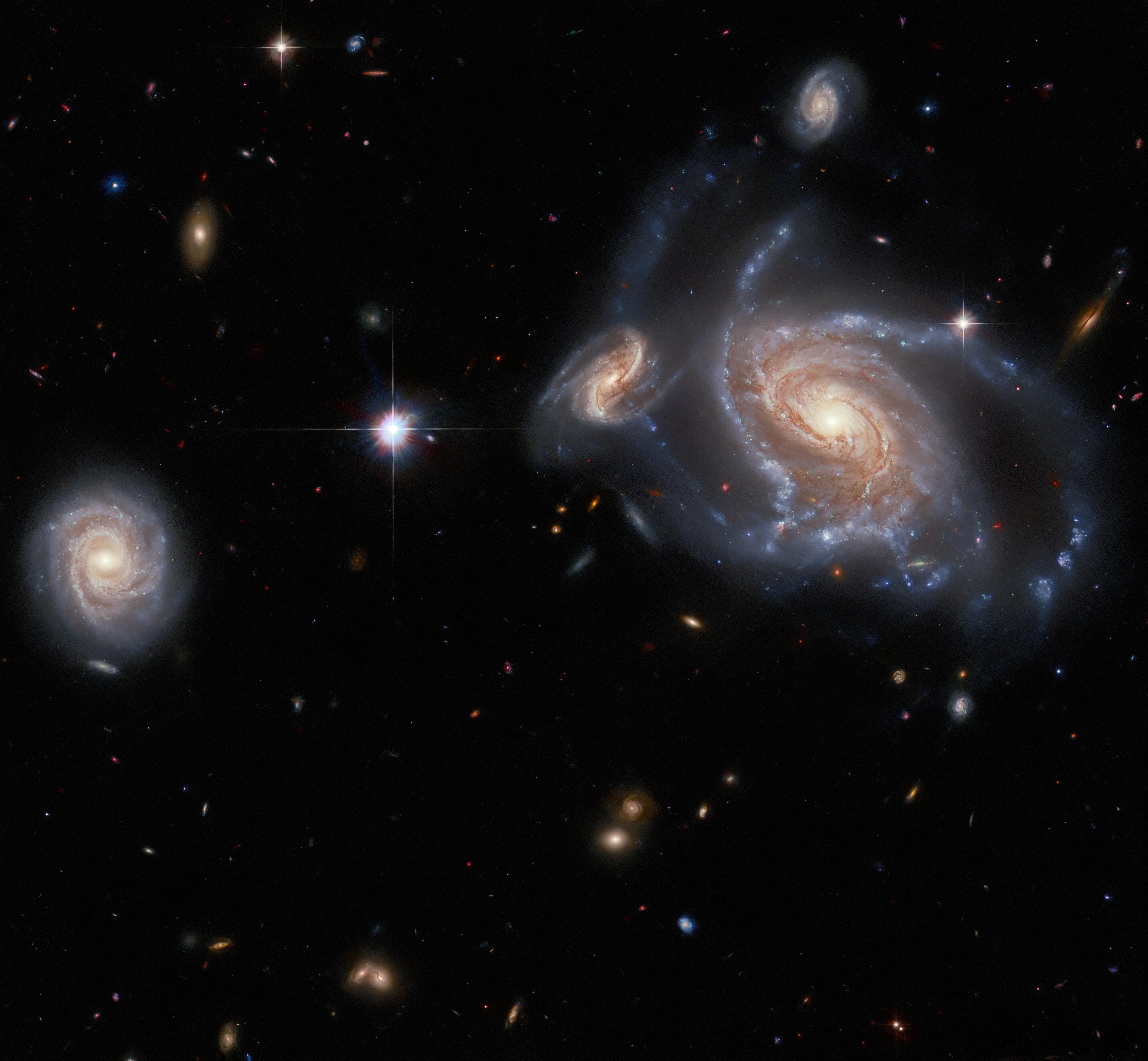
Creating Hubble Images
Hubble's iconic images are more than pretty pictures. Discover how image processers use Hubble's data to create the gorgeous images we know and love.
Nature's Boost: Gravitational Lenses
Learn how gravity boosts Hubble's view of the universe.
The gravity of massive objects warps space and time, creating a lens that provides astronomers with a powerful tool to extend our view into previously unseen regions of the universe.
Learn More